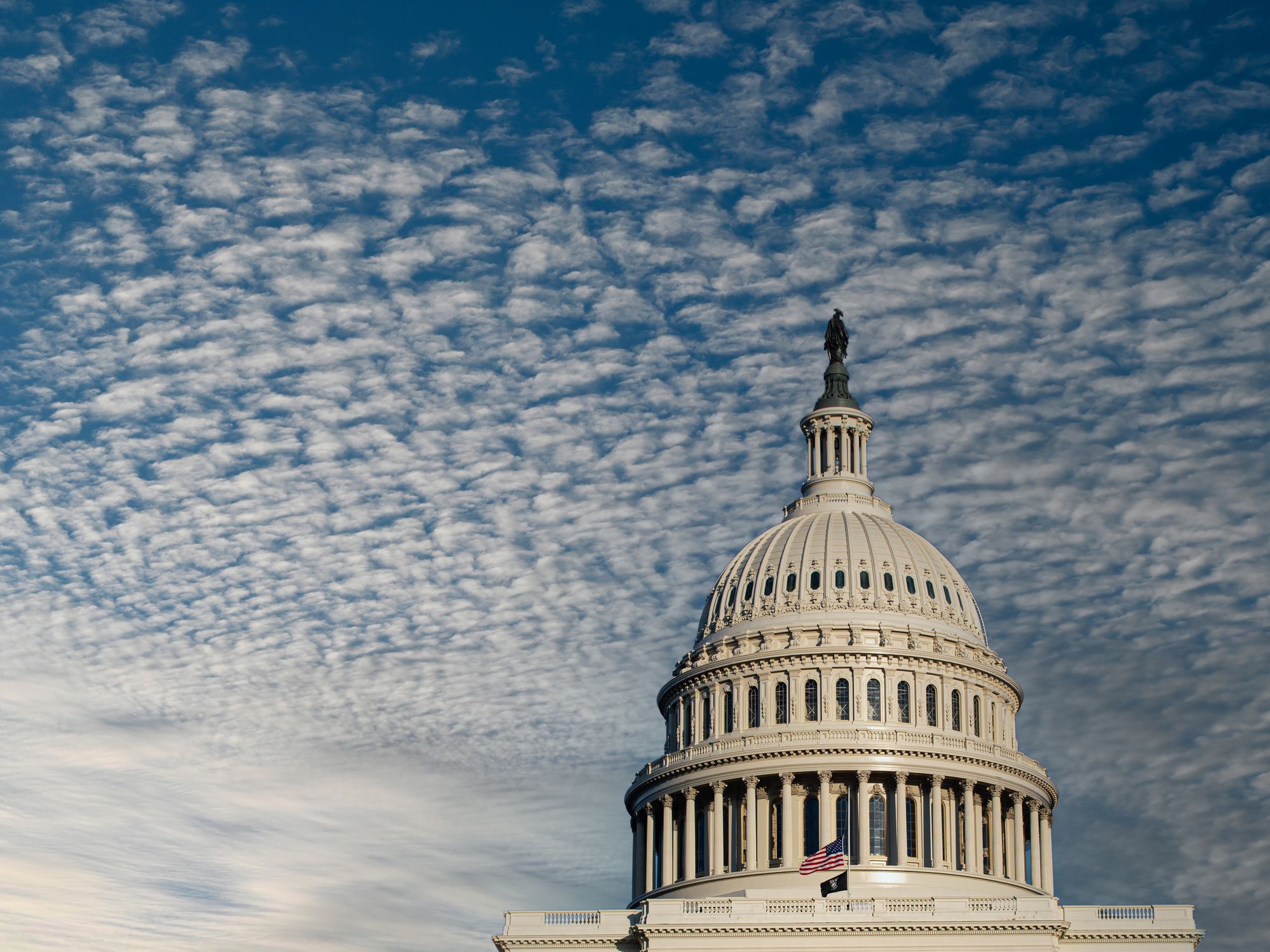More Pandemic Relief and its Impact on Commercial Real Estate

On Sunday, December 27, President Donald Trump signed the $900 billion 2020 Covid Relief bill that leaves very little for the commercial real estate to get excited about. From an economic standpoint, the bill is anemic in its efforts to boost broad economic liquidity and fails to address the challenges faced by the jobless and many of the companies that previously employed them. Still, there are a few provisions that offer some hope to office and retail owners working with tenants on rent relief and lease amendments.
The victories of Democratic Senate candidates Raphael Warnock and Jon Ossoff in the runoff elections in Georgia earlier this week adds momentum to additional stimulus after the Biden administration takes office on January 20. While it is too early to tell, a follow-on round of stimulus would likely increase direct payments to tax payers, expand the eviction moratorium, and increase aid spending. Looking at the Democrats $2.4 trillion stimulus proposal from last fall suggests increased small business loans, airline aid, and additional enhanced unemployment.
Below is a summary of what the most recent stimulus package offers, which President Elect Joe Biden labeled a “down payment” on future stimulus:
Multifamily Owners Get Very Little
The simple truth is multifamily owners are likely to see limited benefit from the latest stimulus and spending bill. The bill stipulates an eviction moratorium through the end of January 2021, and it provides for direct payments of up to $600 per individual for those earning $75,000 or less in a year. It also extends a $300 supplemental federal unemployment program on top of state unemployment benefits through March 14, 2020. This is unlikely to improve the long-term financial standing of distressed tenants, but it may improve some rent collection in the near term.
Retail, Restaurant, Hospitality, and Office Owners Benefit from Second Draw on PPP
The good news is the Payroll Protection Program (PPP) is back in this late 2020 stimulus package in a slightly new flavor. The new program designates $284 billion in PPP funds and allows companies to make a second draw on PPP if they have fewer than 300 employees and can demonstrate a 25% drop in revenue for any quarter in 2020 compared with the corresponding quarter in 2019. Proceeds for any individual company will be capped at $2 million or 250x monthly payroll, unless the borrower is a restaurant or hotel, where the cap will be 350x monthly payroll obligations. Certain qualifying non-profit and religious organizations also qualify in this round. There is room for some additional rent payments to flow to landlords as a result of this program.
Commercial Owners Should Educate Tenants on Other Federal Programs in the Bill for Small Businesses, Live Events Venues, Independent Theaters, and Cultural Institutions
There are a handful of other programs in the bill, including $20 billion in Economic Injury Disaster Loans (EIDL) in low-income areas, $3.5 billion in ongoing Small Business Administration (SBA) debt relief payments, $2 billion in enhanced SBA lending, and $15 billion for live venues, independent movie theatres, and other cultural institutions.
Please reach out to TRA at info@tra-llc.com if you have questions on any of these programs and how you can best educate your team and your tenants on the new bill.